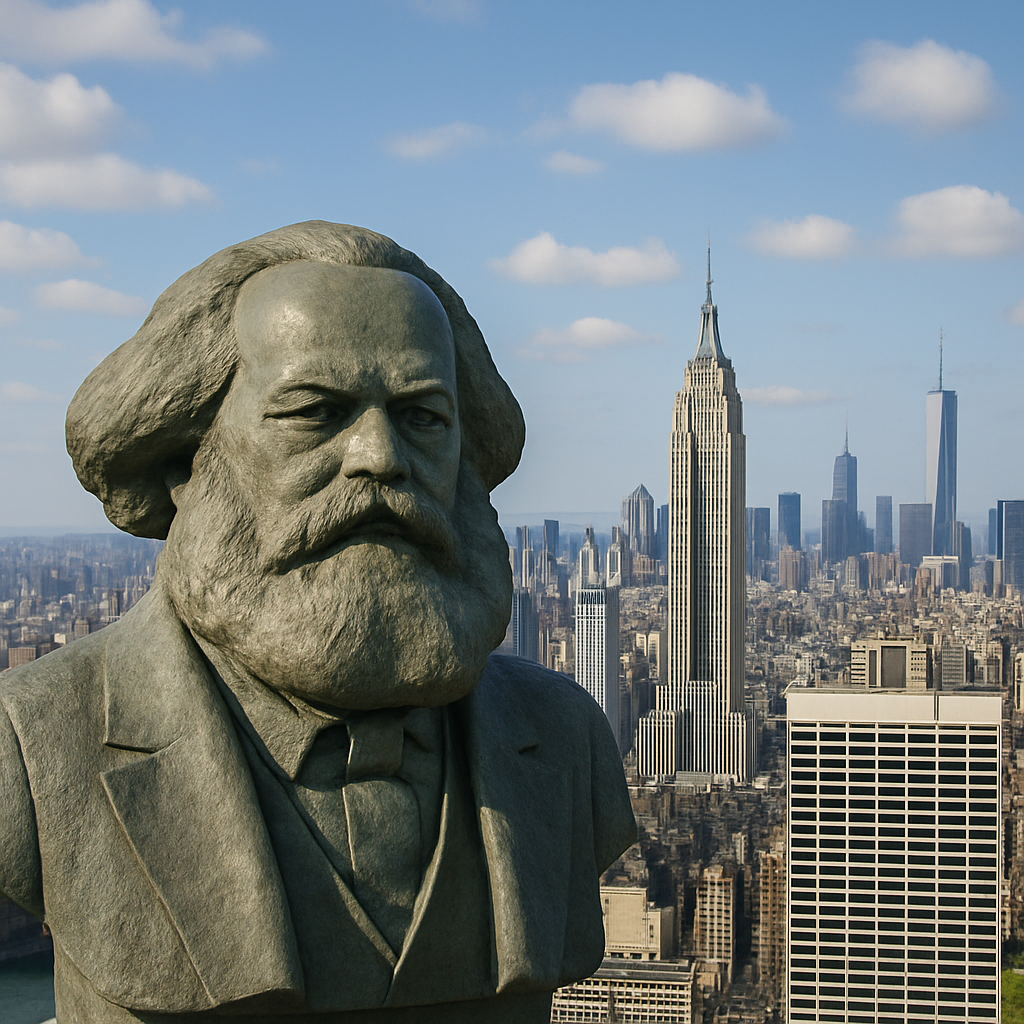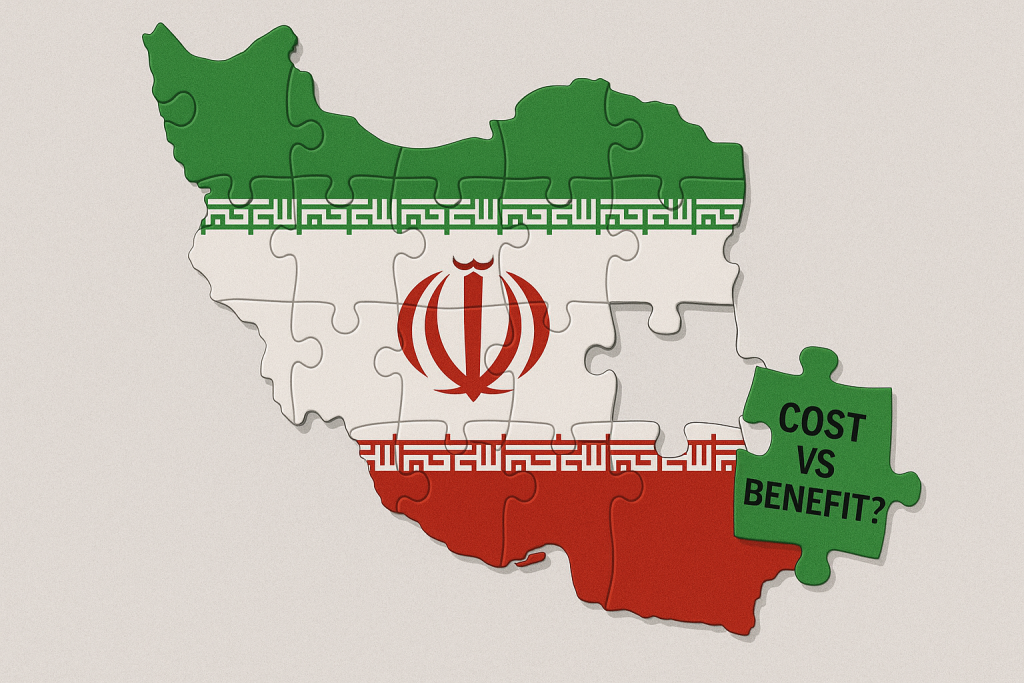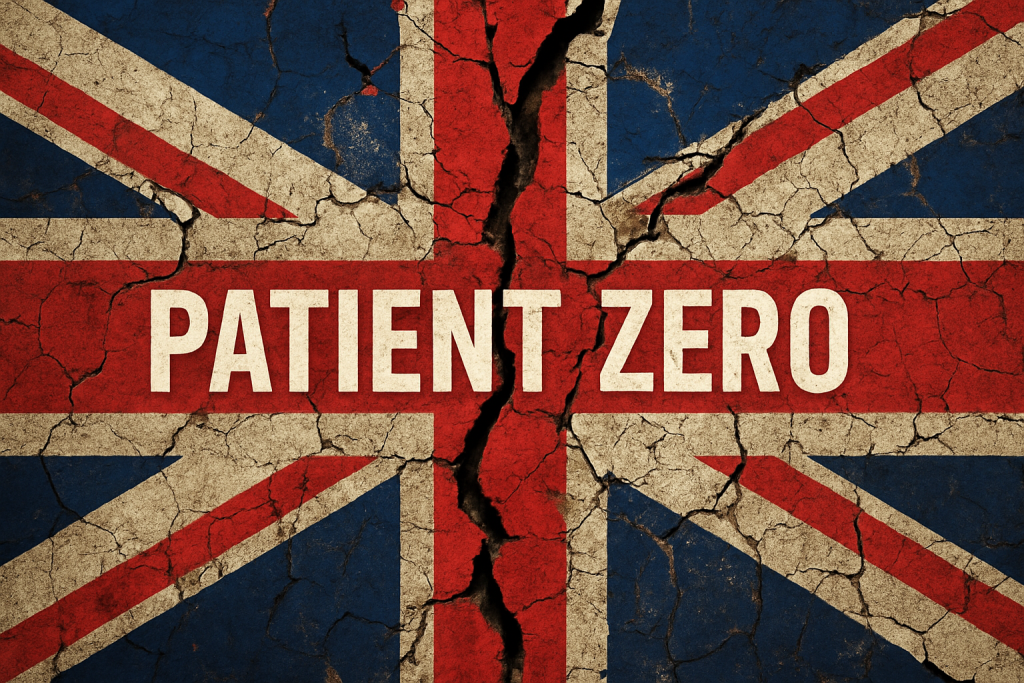Imagine that a couple weeks ago, on a cool October day, you were suddenly transported to a small mountain town celebrating Oktoberfest.
You see red-roofed, wood-frame homes plastered against the nearby mountains, and the quaint downtown is filled with microbreweries and pastry shops offering apple strudel.
You distinctly hear a group of blond-haired blue-eyed locals speaking German, and you confidently conclude you have found yourself in a small village in the Bavarian Alps.
But that instinct would have been wrong. In actuality you would have been smack-dab in the center of Argentina, in a town called Villa General Belgrano.
The town was founded by two Germans in 1932 who loved the region’s similarity to their homeland.
We don’t know precisely why those two gentlemen decided to leave Germany in 1932. But there were obviously plenty of good reasons. Germany had recently lost World War I and been saddled with reparations debt that destroyed the economy.
Hyperinflation was rampant. And a sinister new political party called the National Socialist German Workers Party was quickly gaining power under its leader, Adolf Hitler.
With so much unrest at home, both before and after World War II, Villa General Belgrano became a haven for German expatriates.
And it was these Germans who were lucky to find refuge, not just in an accommodating country like Argentina, but in a tailor-built German enclave like Villa General Belgrano.
Their children and grandchildren were given German names, and they grew up speaking native German in the home. It became a mini-Germany in the middle of South America.
South America still has many distinct advantages as a Plan B destination.
Many of the countries are relatively neutral, meaning they don’t jump at the chance to be involved in global conflicts like those in the Middle East.
And there has never been a major land war on the scale of the two World Wars. In fact, the region’s largest war was over 150 years ago.
And the immigration laws are generally extremely welcoming to foreigners.
Obviously these countries still have their problems; Argentina in particular has serious problems with inflation, corruption, and more. (though with the popularity of libertarian Presidential candidate Javier Milei, the economy may end up resurrecting itself.)
Despite the problems in the region, however, Central and South America have arguably the largest concentration of Plan B residency options available in any region today. So most people can find someplace that suits them— or even an expat enclave that seems made for them.
We’ve talked a lot recently about the benefits of having a second residency which allows you— but doesn’t obligate you— to move to another country on a moment’s notice if you ever need to.
In a recent research report we sent to our premium Sovereign Confidential subscribers, we covered residency options in 17 Central and South American countries.
Each one usually offers three different ways to qualify.
Retirees can prove they have enough Social Security or pension income to sustain themselves.
Remote workers and those with passive income, often referred to as rentistas, can prove that their foreign-sourced income is enough to support their lifestyles.
And investors can put a certain amount of money into property or a business in the country to qualify for residency.
Each country has different financial requirements.
For example, Nicaragua only requires an investment of about $30,000 to qualify for its investment visa, while Chile requires half a million dollars.
The retirement visa and rentista visas also have varying requirements.
In Peru, each new resident only has to show they have $1,000 per month of income, plus $500 per dependent.
In Mexico, it has gone up to about $3,600 for temporary residency, or $6,000 per month for permanent residency (which is generally only available to retirees without first gaining temporary status).
Also keep in mind that countries have different requirements for the time residents must spend in the country in order to maintain or renew their residency.
The good news is that some Central and South American countries have no (or very low) physical presence requirement, meaning you don’t really need to spend any time there in order to maintain your legal residency.
This makes them ideal for “backup residencies” which you would only use in case of emergency.
Another huge perk of Latin America is that most countries make it fairly easy for residents to become citizens… meaning that eventually— assuming you meet the conditions— you could apply for a second passport.
Most will allow you to naturalize in the country and become a full citizen with a passport after living there with legal residency for five years. Some, such as Argentina and Peru, will naturalize you after just two years of residency— but you would need to spend at least 183 days on the ground each year before applying.
Second citizenship is even more powerful than foreign residency, because in addition to entitling you to live and work in another country, it also provides a travel document that can open up doors all around the world.
But naturalization isn’t the only way to qualify for a second passport in Central and South American countries.
Almost all are “jus soli” or “right of soil” countries, which automatically grant citizenship to anyone born in the country.
This is a way to give your child the gift of a second citizenship by having a baby abroad. Plus it can fast track the parents’ timeline for naturalization.
For example, foreign parents of babies born in Mexico are eligible for immediate permanent residency, and their naturalization timeline shrinks to just two years.
Brazil is another good option. Having a baby in Brazil grants the child citizenship, and the parents permanent residency. Plus the parents can apply for citizenship in just one year, instead of the usual four years. (You’ll have to spend at least six months— and ideally more— physically present in Brazil in order to qualify to apply for naturalization.)
If you include Caribbean nations, then this region of the world offers yet another pathway to a second passport— citizenship by investment, for which several Caribbean nations are famous.
Unfortunately gaining citizenship through ancestry, which is a common option for those with European descent, is not available in any South or Central American countries.
But especially for US residents, who may be located closer, or at least in the same time zone to many of these Central and South American countries, it is worth understanding what they have to offer.
Because a good Plan B is one you can execute on a moment’s notice. You don’t want to start thinking about your options while packing your suitcase.








